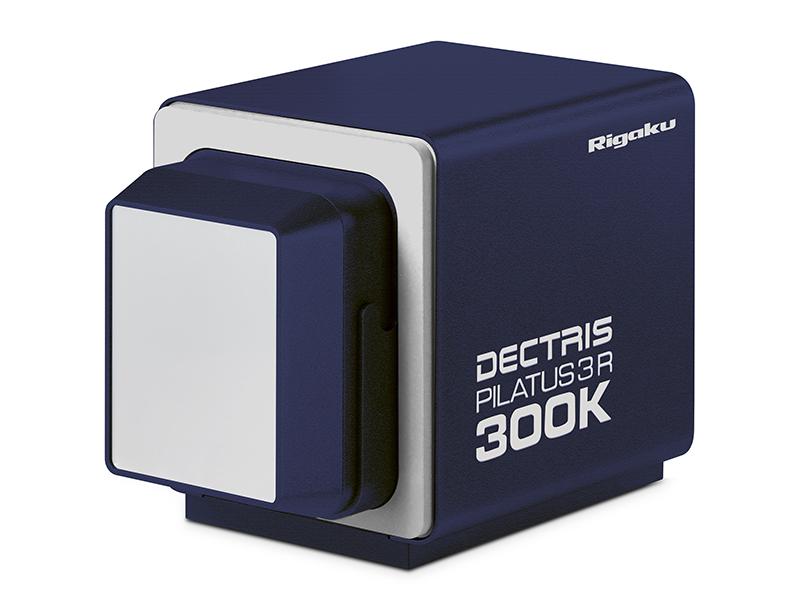PILATUS
Features
- Direct detection
- Excellent point spread function – top hat
- Excellent signal-to-noise ratio via single photon counting
- Adjustable threshold to suppress fluorescence
- High dynamic range: 1,048,576:1 photons per pixel
- High counting rates: up to 2x10⁶ photons per second per pixel
- Short readout time: 7 ms
- Frame rate up to 20 images per second
- Electronically gateable
- Radiation tolerant design
- Other PILATUS3 R format detectors are available: PILATUS3 R 300K, PILATUS3 R 1M
Photon counting X-ray detectors from DECTRIS
X-ray detectors for protein crystallography applications
Specifications
| Product name | PILATUS3 R Detector |
| Technique | Protein single crystal X-ray diffraction |
| Benefit | 3D structural analysis of macromolecules |
| Technology | HPAD technology detector |
| Core attributes | Direct detection, high dynamic range, excellent point spread function |
| Core options | N/A |
| Computer | Framegrabber PC, MS Windows® OS, |
| Core dimensions | Varies by configuration |
| Mass (Core unit) | Varies by configuration |
| Power requirements | Varies by configuration |


